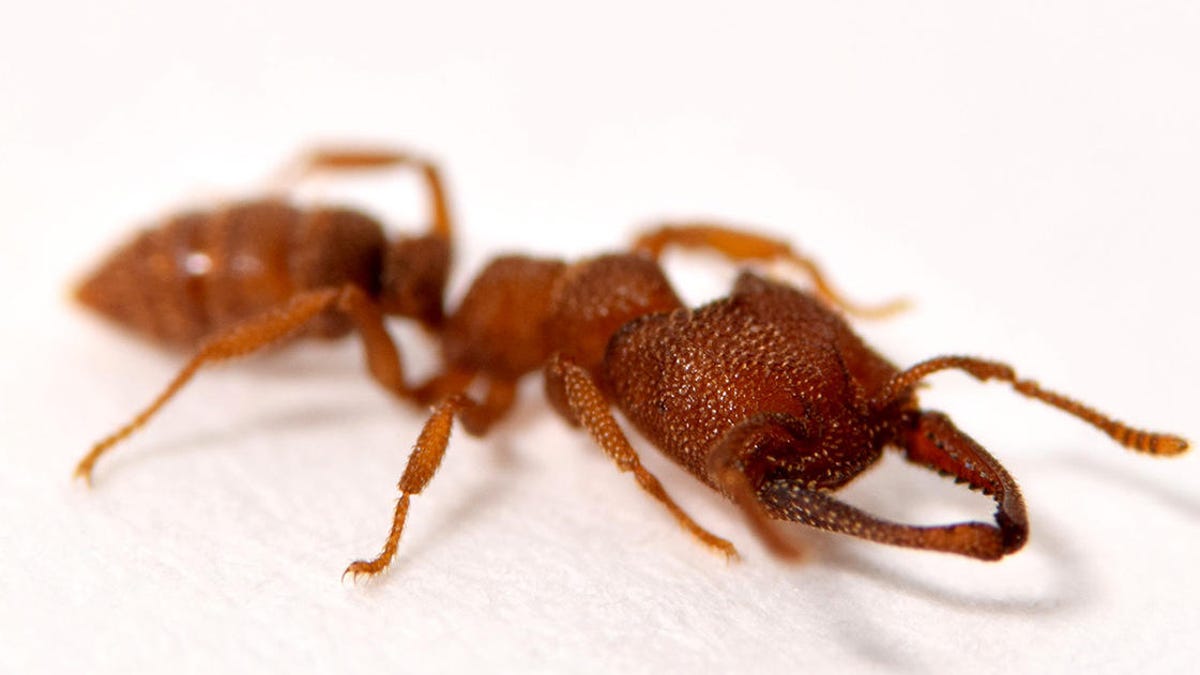Sorry mantis shrimp, the Dracula ant's snap-jaw is faster
An enthralling ant beats the mantis shrimp to the punch with the fastest animal appendage known to science.
The mantis shrimp is an internet celebrity. Known for having the "world's fastest punch," it's the subject of a famous The Oatmeal comic. But according to a new study, the speed of a mantis shrimp's strike can't beat the powerful mandibles of a Dracula ant.
A research team led by entomologist Andrew Suarez of the University of Illinois found the Dracula ant's snap-jaw is capable of "the fastest animal movement on record."
The ant, more officially known as Mystrium camillae, can snap its mandibles at over 200 mph (322 km/h). A mantis shrimp's strike can reach speeds of over 50 mph (80 km/h).
The scientists used cameras, X-ray imaging and computer simulations to gain a better understanding of how the Dracula ant's unusual jaws work.
"Even among ants that power-amplify their jaws, the Dracula ants are unique: Instead of using three different parts for the spring, latch and lever arm, all three are combined in the mandible," says Suarez.
A video of the ant in action declares the insect goes from zero to 200 mph in 0.000015 seconds. The footage gives us an impressive slow-motion look at how the ants spring-load and snap their jaws.
Dracula ants live in Australia (of course) and in tropical areas of Southeast Asia. Suarez says the ants use their impressive jaws to smack, stun and smash prey to take back to the nest, but that more research is needed to understand how those marvelous mandibles come into play in the wild.
The researchers published the study on Wednesday in the Royal Society Open Science journal.


